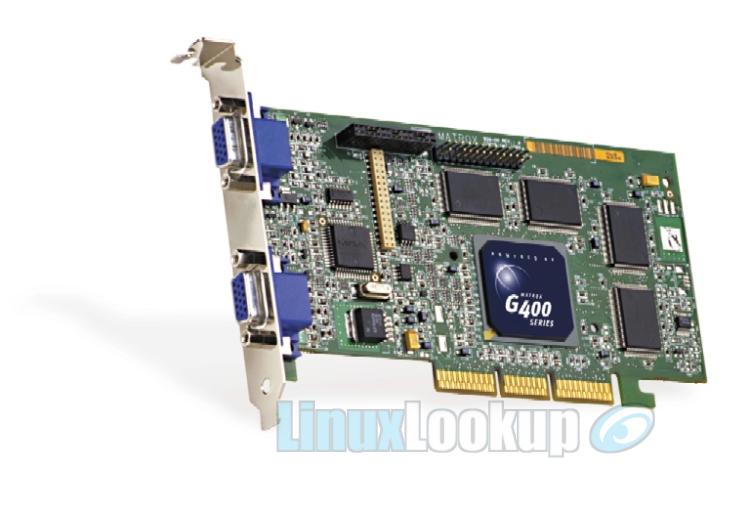Matrox G400/G450 Review
The G400 and G450 are Matrox's latest foray into the world of multiple-monitor cards. While these two are not the only multi-monitor cards that Matrox produces, they are certainly the most affordable.
Part the reason for this is Matrox's engineering on these cards allows them to do multi-head using only a single graphics chip. The other cards, the G200-MMS Dual and G200-MMS Quad respectively use one chip per monitor, thus increasing the cost considerably.
The Hardware
Don't expect a speed demon when it comes to Matrox cards. However, I have see some performance gains over other cards in some games. Tests of Quake III give an average frames per second (fps) of 45. Tests in Descent 3 give an average fps of 35 indoors and 12 outdoors. Where these particular cards excel is not in games, but in the business and development group of users.
The Matrox G400 and G450 are both multi-head cards. That means that the one card can drive two monitors at one time. In fact, the board has two VGA connectors built in. That said, there were some versions of the G400 that were only single-head, or one monitor cards. You can however contact Matrox for an upgrade to that card if you desire.
Running multiple monitors is a boon for many business users and of course, developers. Why? Think about that huge spreadsheet you have to do. If you can span the window across two monitors, you can see more of it. For developers, imagine all your source code and debugging windows on one monitor and your application running on the other. No more switching back and forth between windows, particularly annoying during heated debugging sessions; believe me I know!
Neither of these cards support Linux out-of-the-box. But Matrox has a great development team and provides Linux drivers for these and other cards including the more expensive G200-MMS series. You can get these drivers by going to the Matrox web site at: http://www.matrox.com/mga/support/drivers/latest/home.cfm. Both cards work well under XFree86 3.3.6 and XFree86 4.0. There are some issues that are being resolved as I type this between the latest mga drivers and XFree86 4.0.2 particularly if you're using the 2.4.0 kernel. Matrox's support is excellent, so be patient and wait for the update notice on their website.
Since the G400/450 provide dual-head support on a single AGP card, you save room in your Linux box for other cards. This is important if your particular system configuration doesn't have a lot of expansion space. You can do dual-head (or multi-head) under Linux by using multiple graphic cards, but why bother shelling out extra money if you don't need to. Of course, this does depend on your needs. If you're a hard core game fan and still want to use a dual/multi head setup, you probably don't want to use this card unless you also have a rockin PCI card for gaming; in which case you could run 3 monitors!
Setting up the card is pretty straight forward. Matrox provides detailed instructions with the drivers. Let me say right off the bat, you better follow them.
We were able to get the G400 to work in dual-head mode using the mga 1.00.03 version of the mga drivers and XFree86 4.0 using the xinerama extension.
Summary
Overall we found this card to work well and meet our needs quite nicely. We hope Matrox continues to develop dual-head and multi-head cards and would additionally like to see some better OpenGL performance. This would allow Matrox to cater to a lot broader userbase.
This is a great card for those who want or need more desktop real estate without plugging down and extra $200-300 on a new card especially if they already own one of these cards. Developers and some business users are the clear winner with this card. Hardcore gamers would be better off with an nVidia or 3Dfx card. However, gamers could put a PCI version of their favorite gaming card in the system and still use the G400/G450 for development work, giving them a three monitor setup.
Conclusion
The Good - Pros- Linux support
- Dual Head on single card
- Great support
- Drivers constantly updated
The Bad - Cons
- OpenGL performance could improve
The Ugly - Issues
- Some issues with the current 2.4.0 kernel and XFree86 4.0.2 but should be solved in short order
The Verdict - Opinion
Excellent desktop card and supported under Linux.
